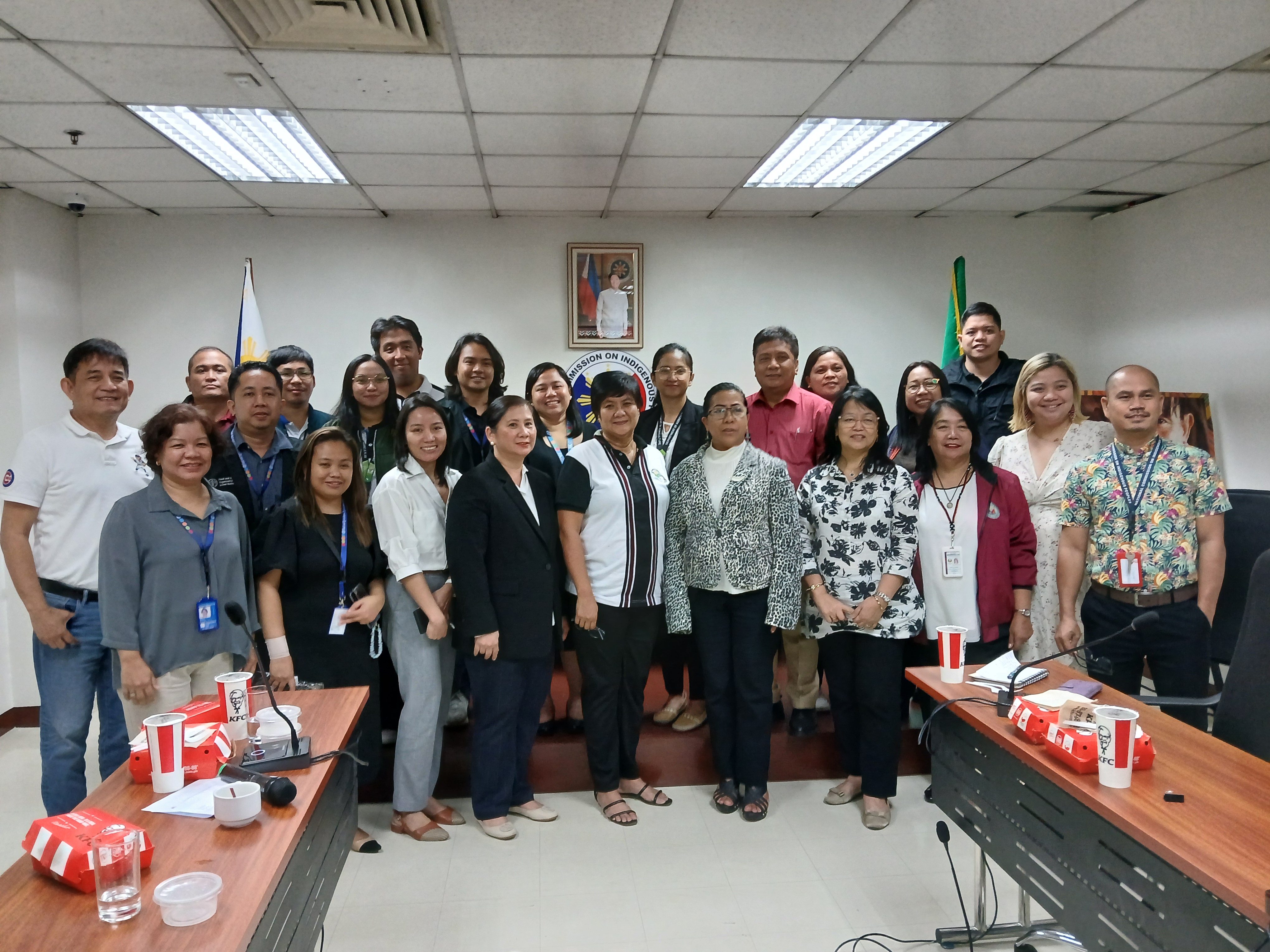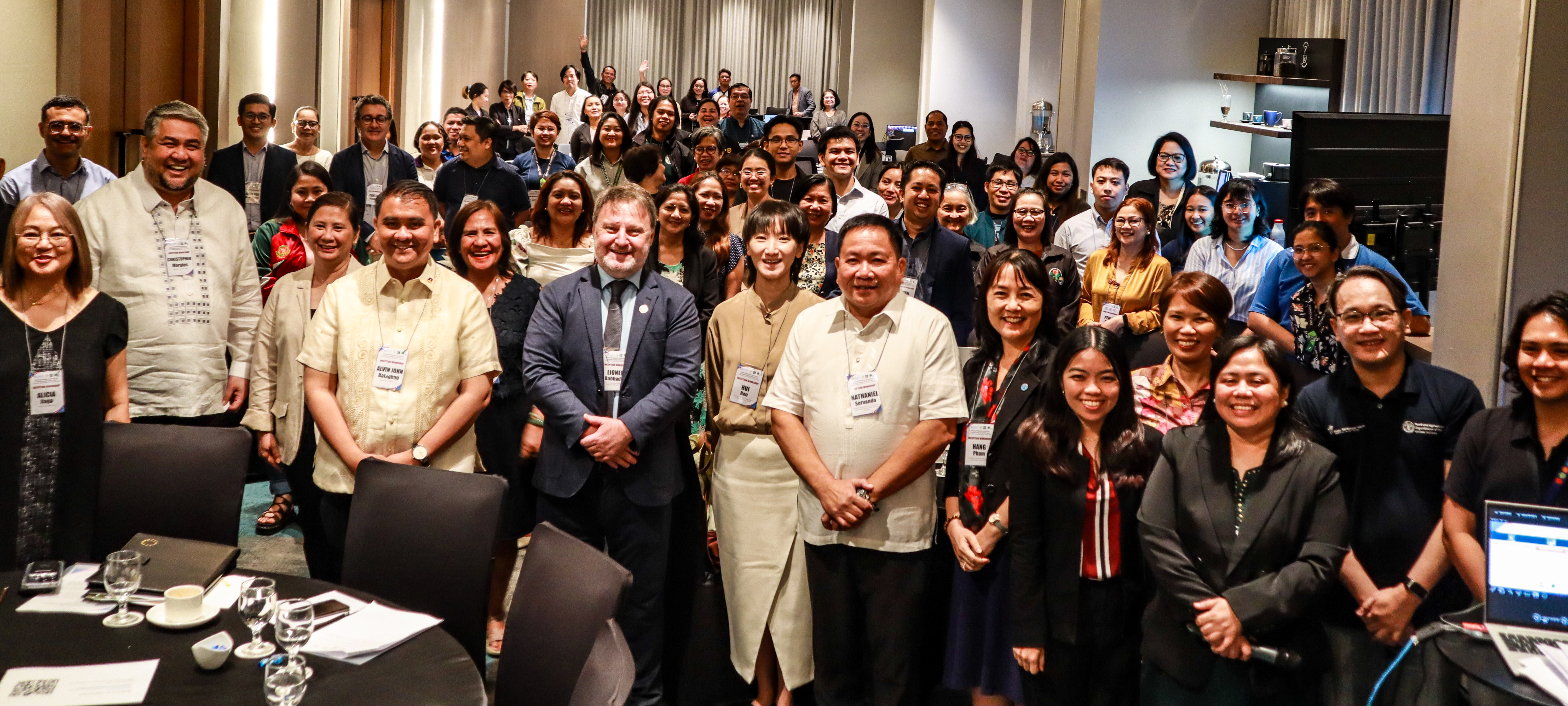With extreme weather events like typhoons, droughts, and floods becoming more frequent and severe, the...
New FAO Philippines head, Foreign Affairs chief assure continued mutual support at virtual meet
24 March 2021
24 March 2021
Newly-installed Food and Agriculture Organization of the United Nations (FAO) Representative in the Philippines, Ms. Kati Tanninen, called on Foreign Affairs Secretary Teodoro L. Locsin, Jr. virtually on 23 March 2021 to officially present her credentials as well as to discuss areas of further collaboration between FAO and the Department...
The Philippines is an agricultural country with a land area of 30 million hectares, 47% of which is agricultural land. The Agriculture sector in the Philippines contributes about 20 percent to Gross Domestic Product (GDP). However, in the past decades, the Agriculture sector encountered many challenges, particularly the ageing population...
Poor diets, failing food systems and lack of physical activity are causing overweight and obesity in children
04 March 2021
04 March 2021
With the Philippines suffering from a triple burden of malnutrition together with other forms of undernutrition (including stunting and wasting), micronutrient deficiencies, along with overweight and obesity, the Department of Health (DOH), National Nutrition Council (NNC), FAO, WHO, and UNICEF jointly call upon the public, civil society organizations, academe, and...
The Nalapaan Paravet Program: pathway to peace and women empowerment in the Bangsamoro region
03 February 2021
03 February 2021
Barangay Nalapaan in the municipality of Pikit is one of the 63 barangays in Cotabato province which voted to join the then newly established Bangsamoro Autonomous Region in Muslim Mindanao (BARMM) in the February 2019 referendum for the Bangsamoro Organic Law. It is a multi-cultural community predominantly composed of Muslims,...
COVID-19, skyrocketing food prices leave millions in Asia-Pacific hungry, malnourished, UN agencies report
20 January 2021
20 January 2021
The economic impact of COVID-19 on the world’s most populous region is threatening to further undermine efforts to improve diets and nutrition of nearly two billion people in Asia and the Pacific who were already unable to afford healthy diets prior to the pandemic, says a new report published today...









